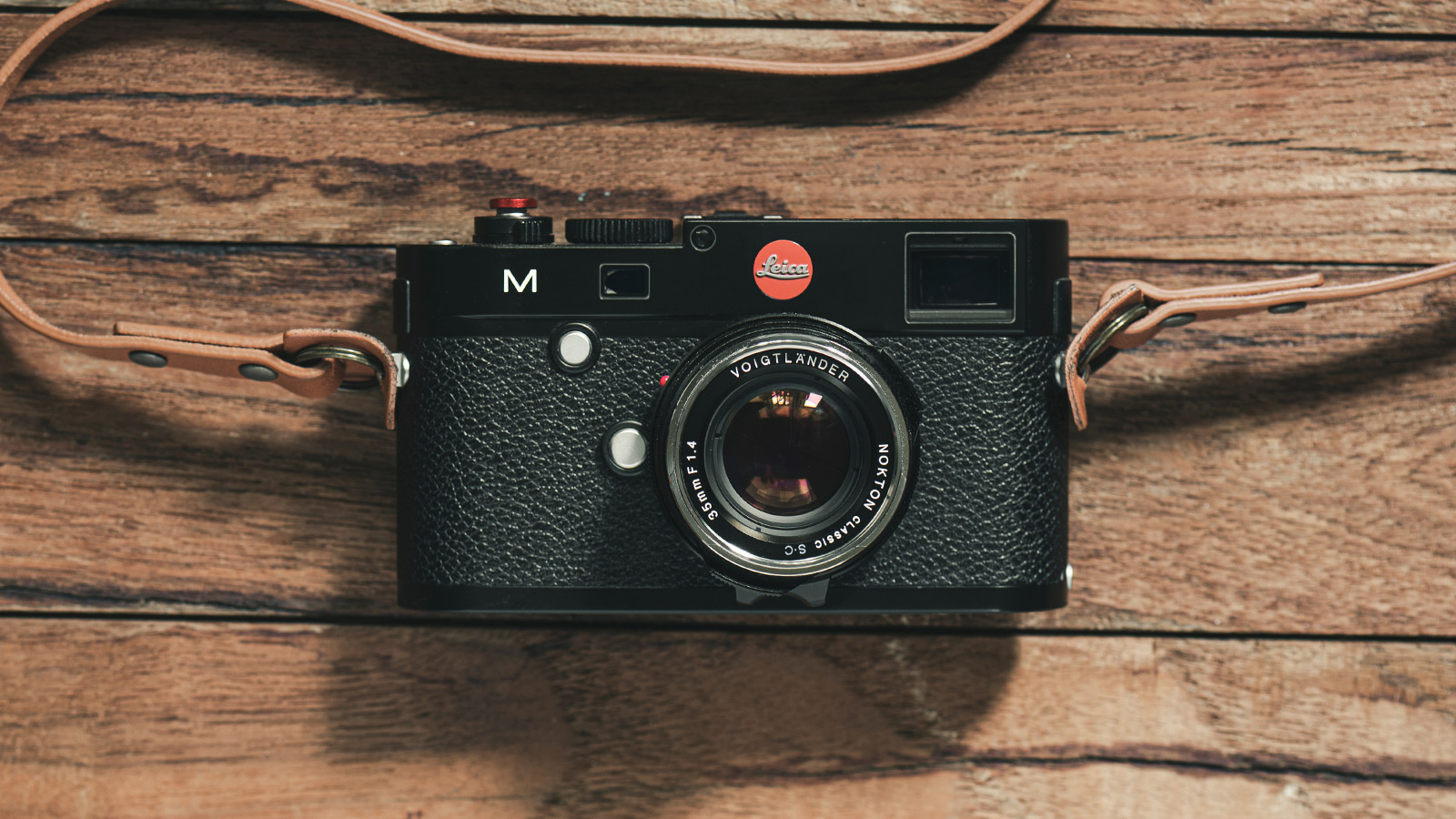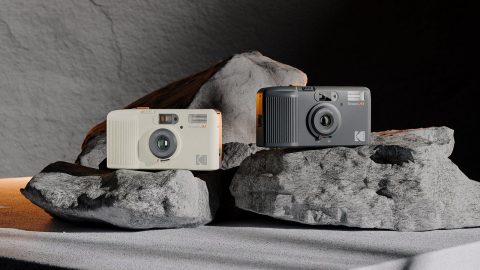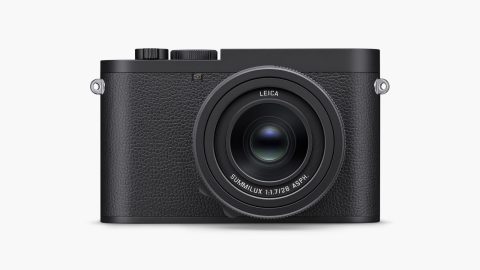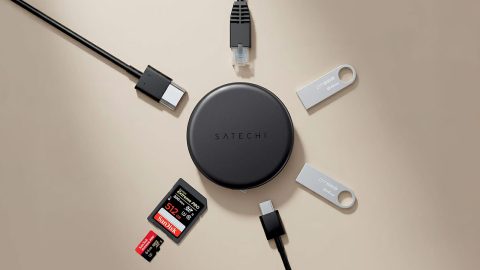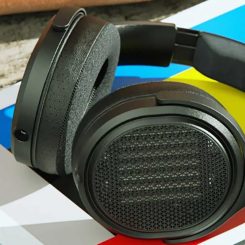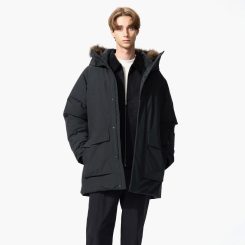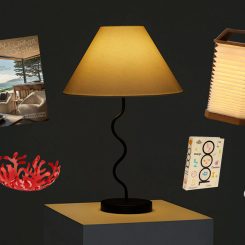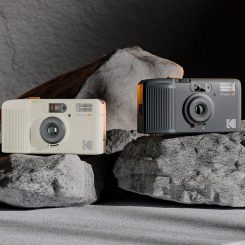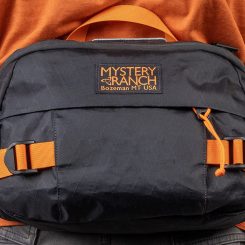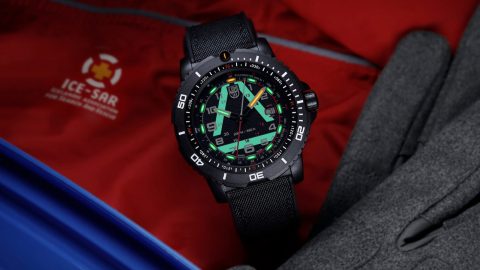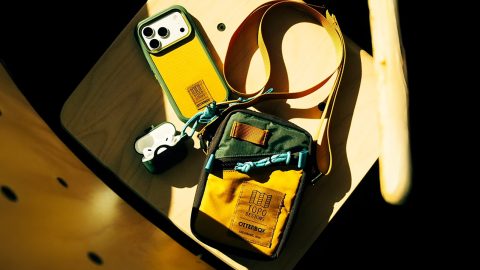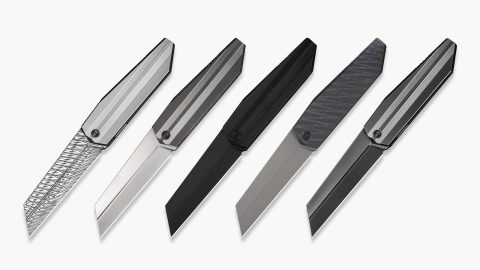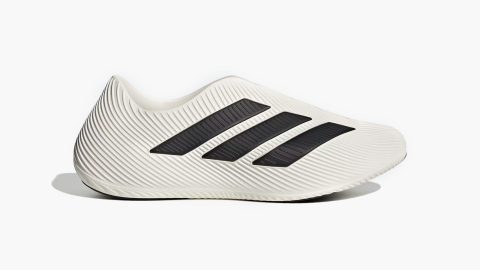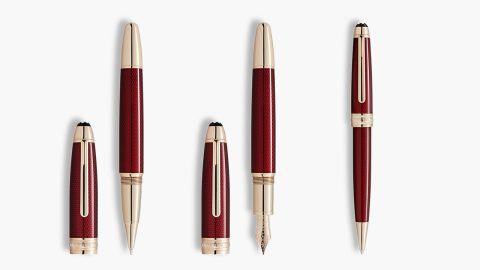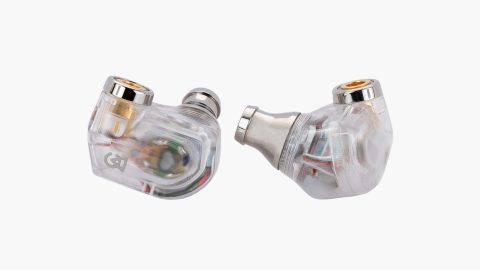You don’t have to be a world-class photographer to know the Leica name. As synonymous with the industry as Coke to beverages and Mercedes to vehicles, the gold standard of cameras has more than earned its reputation as among the most luxurious and quality brands of our time.
The Early Days
Leica’s roots are traced to 1869 Germany, when Ernst Leitz took the reins of the Optisches Institut in Wetzlar, Hesse. Upon assuming ownership, he renamed the company Ernst Leitz Wetzlar. At the time, the brand specialized solely in optical equipment, including microscopes and lenses.
Nearing the end of the 1880s, Leitz expanded the company to some 120 employees. His business was groundbreaking in its operation: not only did he implement a standard eight-hour work day, but he also founded a health insurance plan that benefitted his employees. Moreover, his business was among the first in the nation to provide staff with benefits like sick leave and pensions.
By the early 20th century, the tide began to turn. Creative endeavors were at an all-time high, and the company eventually added binoculars to the fold. But it was what happened next that changed the face of optical history for good.
The Game Changer
The story begins in 1914, when engineer Oskar Barnack sought to improve the process of capturing film in the motion picture industry. He was inspired to design a small camera for cinematographers to mount to their equipment. It made it easier for them to capture and process shorter film clips in addition to the full-length shots they produced.
The 35mm camera, dubbed the Ur-Leica, was unique for the time, what with its full metal construction. Leica’s name was simple to create. The first three letters came from Leitz’s surname, while the last two letters paid homage to the “ca” in “camera.”
Not only was it aesthetically pleasing, but it also included innovative additions that set it apart from its counterparts. The collapsible lens made it easy to transport and provided greater mobility options without sacrificing picture quality. It also featured a focal-plane shutter (FPS), which allowed for light to flow in easily or light to be locked out efficiently. There was also a lens cap that was held in place with a screw. To operate, it simply moved across the lens to prevent any light from filtering through.
With its game-changing design, the Ur-Leica was renowned for its time. That was also largely due to its “firsts.” It offered both film winding and shutter cocking to help the photographer avoid double exposure. That it was designed initially for the film industry was of no concern. The camera, as it happened, took decent pictures—just as impressive as the photography equipment of the time, which were essentially heavyweight boxes situated on hefty tripods.
The advent of the handheld camera, then, changed the face of the photography industry as people knew it. While production of the product came to a halt during World War I, the company upgraded the product some years later. By 1925, it was widely available as the Leica 1.
Public Exposure
The Leica 1 made its debut at the Leipzig Spring Fair. This refreshed model featured an Leitz Anastigmat 50 mm f/3.5 lens on a collapsible mount. The lens was situated on a compact tube and could push back easily so that it was flush with the camera’s body. It also featured a vulcanite cover that mimicked the appearance of leather. Eventually, the lens was dubbed “Elmax” in honor of Ernst Leitz and the designer of the lens, Max Berek.
This new innovation paved the way for the 1930 launch of their newest camera, which had screw-fit lenses that were interchangeable. This made it easy for photographers to mount new lenses on different bodies as they saw fit.
By 1932, the brand was ready for something new—and they found it in the Leica II, a remastered addition that included both the interchangeable lenses and a rangefinder, which was implemented to make it simpler for photographers to determine the distance from the subject and produce crisper, clearer images. By this stage, there were seven different interchangeable lens options available to consumers.
Through the Years
The combination of mix-and-match lenses coupled with an innovative rangefinder made life simpler in so many ways for both novice and expert photographers. It was no wonder, then, that the design stuck—and remained an industry favorite for decades.
By 1954, however, it was time for something new. The introduction of the Leica M3 certainly didn’t disappoint. The upgraded rangefinder was superior to everything else on the market, what with its M-bayonet mount that made it simple to shift from one lens to another with a single hand. The mount projected information to the camera so that it could swiftly display the appropriate framelines, be it 50mm, 90mm, or 135mm. It was so flexible and easy to use that it eventually became the professional photojournalists’ camera of choice.
But it was also a costly accessory that wasn’t widely accessible. In response to growing demand, the brand released the Leica M2. The 1957 creation was considerably less pricy, and even provided the option for 35mm, 50mm, and 90mm framelines.
The M4 arrived in 1968, and it built on the progress offered by the legendary M3. While the M2 was merely a modified version of the M3, the M4 that arrived in 1968 had four framelines and built on the progress offered by the legendary and complex M3.
That was also the year that the brand introduced the Leicaflex SL. As the first Leica single-lens reflex camera, it offered everything that discerning photographers required. It was a heavy-duty, heavier weight product that rivaled the competition.
In addition, the company created the more modern M6 and M7 varieties, and eventually the first digital option in its rangefinder collection, the M8, in 2006. As a newcomer to the fold, it was sleek and attractive, adding an element of technology to the classic rangefinder styling.
Brand Game Strong
Of course, branding is everything in the ever-competitive business world. It was as true in the 1980s as it is today, which is why the company made the enormous decision to change its name to Leica in 1986. As Leica GmbH, it operated as a private and independent label and moved its operational facility from Wetzlar to Solms.
In honor of its 100th anniversary in 2014, the brand opened an entirely new factory in Am Leitz Park 1, an industrial area in Wetzlar. Leica partnered with Valbray, the celebrated Swiss watchmaker, to create a series of limited-run watches inspired by the storied Leica design aesthetic.
The Leica Akademie
In the spirit of art, creation, and innovation, the company founded the Leica Akademie in 1930. Its mission is to instruct, guide, and inspire budding photographers to snapping unforgettable photographs. During those early days, training classes were held at the Wetzlar factory in a pair of darkrooms and a single daylight room.
Growing demand from photography enthusiasts, however, meant there wasn’t enough space for everyone. Eventually, they founded the Leica Schule and took over one of the floors in the building. Although World War II made it difficult to continue classes, the school eventually offered classes for the American soldiers that were stationed in Germany. They taught everything from image design to flash and portrait imagery. Eventually, the school moved to the Solms headquarters.
Those who participate in classes today can visit the Leica Experience Center. Visitors will learn the deep and rich history of the brand, beginning with Leitz’s early days and tracing the journey from primitive styles to higher-technology elements towards the end of the 20th century. You’ll spot the rare pieces that photography enthusiasts covet. You’ll spot collector’s items. You’ll learn about the development of those historic lenses and early cameras that changed the face of photography as people knew it. You’ll even delve into some of the company’s earliest products, including binoculars and microscopes.
Because photographers are situated all over the world, however, Leica makes it easy for everyone to immerse themselves in their craft and draw inspiration from many of the world’s best. It’s why they share exhibitions and offer workshops around the United States in their efforts to help novices build their skills and experts learn more about the intricacies of the art form.
They even offer session weekends, where—for cost, of course—photographers can travel to different parts of the world and learn from some of the field’s very best. Visit Washington, D.C. and learn what it takes to produce crisp, complex images. Head to Portugal—the site of another large-scale Leica factory—and explore the city while capturing it on camera. Visit other major cities, like Manhattan, Boston, and Los Angeles, and sit in on informative courses and sessions with the likes of Mark Mann and Phil Penman.
The Legend Continues
In the grand tradition of this storied brand, Leica continues to produce contemporary, innovative cameras. Different systems provide photographers with a wide range of options, whether you favor the old-school method or take a strictly digital approach.

